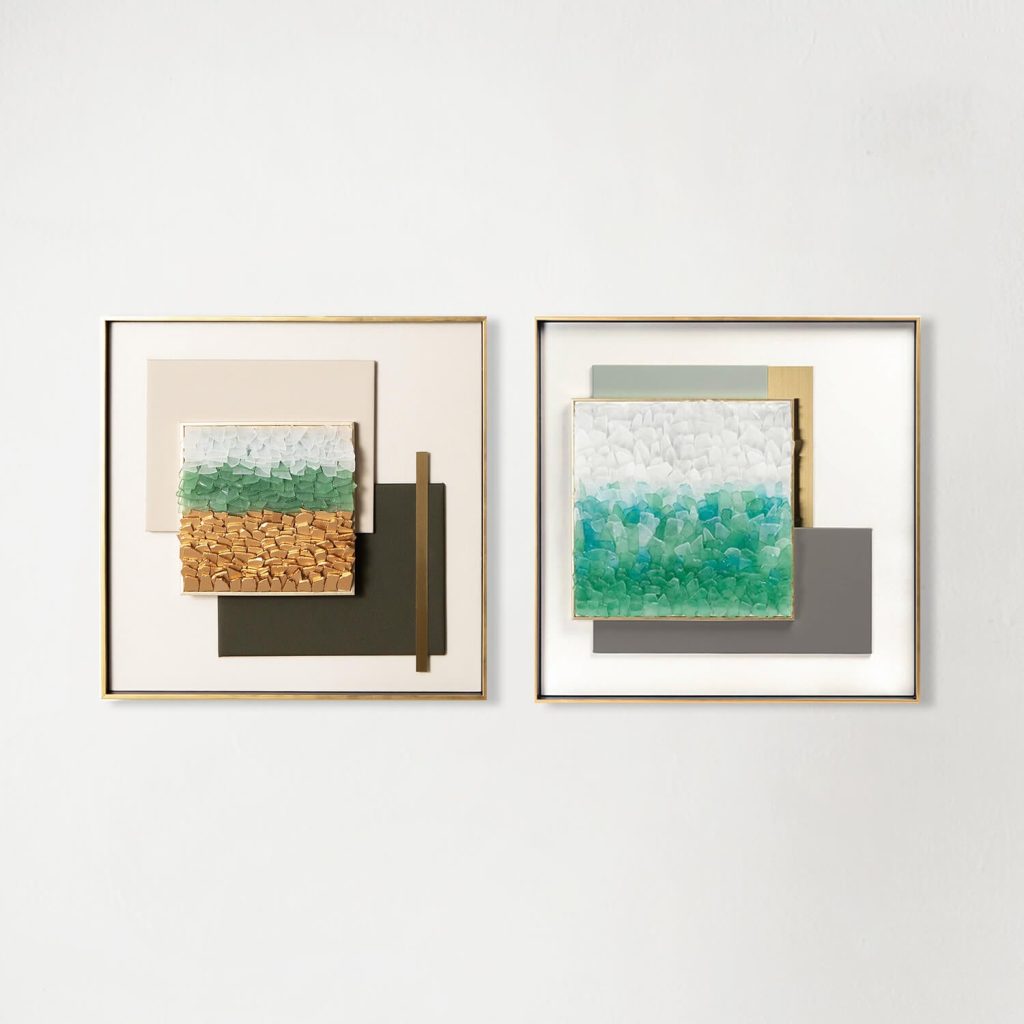The Bauhaus movement, which emerged in Germany in the early 20th century, had a profound impact on art, architecture, and design. At the heart of the movement was the idea that design should be functional, simple, and beautiful. Bauhaus glass is a prime example of this approach, as it transformed the traditional craft of glassmaking into an art form. In this article, we will explore the legacy of Bauhaus glass and how it continues to inspire artists and designers today.
History of Bauhaus Glass:
Bauhaus glass Doldesign originated in the early 20th century at the Bauhaus school in Germany. It was a time of great experimentation and innovation, as artists and designers sought to break free from the traditional conventions of art and design. Glassmaking was an important part of the Bauhaus curriculum, as it allowed students to explore the properties of light, color, and form. The master glassmaker Josef Albers was one of the key figures in the development of Bauhaus glass, and his work continues to inspire artists and designers today.
The Principles of Bauhaus Glass:
The principles of Bauhaus glass were rooted in the idea that design should be functional, simple, and beautiful. Glass was seen as an ideal medium for this approach, as it could be molded and shaped to create a variety of forms and effects. The use of clear, colorless glass was common in Bauhaus glass, as it allowed light to pass through and accentuate the shape and form of the object. The use of geometric shapes and simple lines was also a hallmark of Bauhaus glass, as it emphasized the functional aspect of design.
The Influence of Bauhaus Glass Today:
The influence of Bauhaus glass can be seen in a variety of modern designs, from architecture to furniture to art. Many contemporary glass artists and designers continue to use the principles of Bauhaus glass in their work, such as the American glass artist Dale Chihuly. Chihuly’s use of bright colors and bold shapes in his glass sculptures is reminiscent of the Bauhaus approach, as he seeks to merge functionality with artistic expression.
The Future of Bauhaus Glass:
The legacy of Bauhaus glass continues to inspire artists and designers today, but what does the future hold for this art form? As technology advances, new techniques and materials are being developed that could revolutionize the way we create and appreciate glass art. For example, 3D printing technology could enable designers to create intricate and complex glass sculptures that were previously impossible to make by hand. It is clear that the legacy of Bauhaus glass will continue to evolve and inspire future generations of glass artists and designers.
Bauhaus glass was a revolutionary art form that transformed the traditional craft of glassmaking into a modern, functional, and beautiful art form. Its principles of simplicity, functionality, and beauty continue to inspire artists and designers today, and its legacy will continue to evolve in exciting new ways in the future. Whether through new technology or innovative design, the legacy of Bauhaus glass will continue to captivate and inspire us for years to come.


